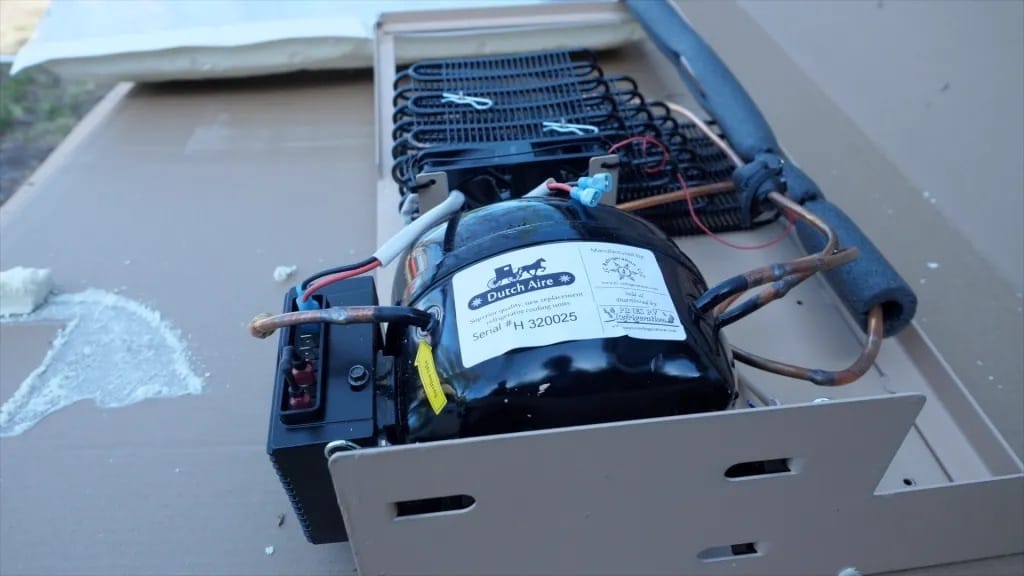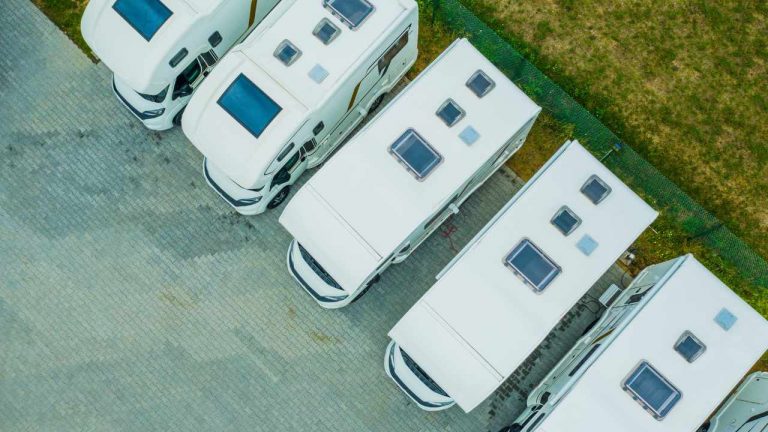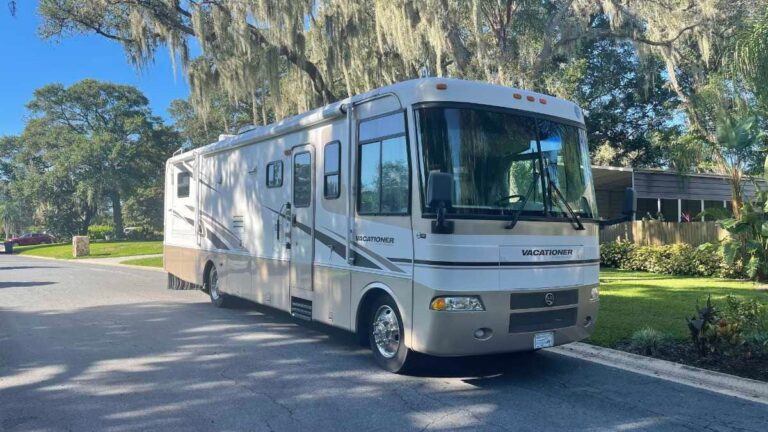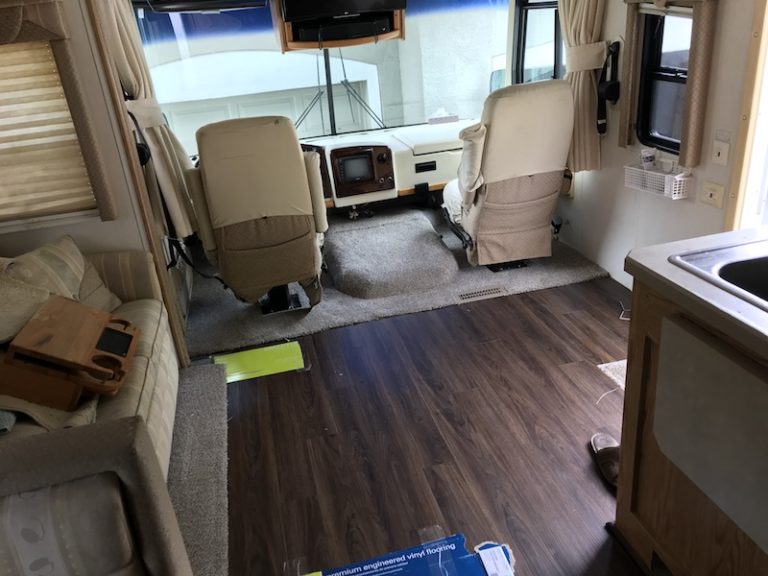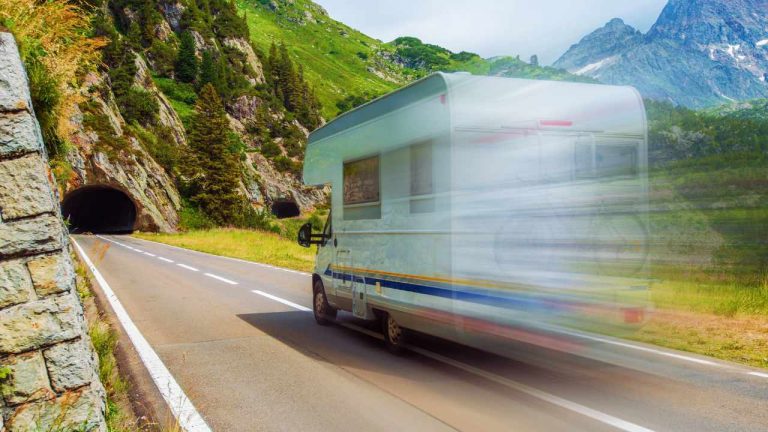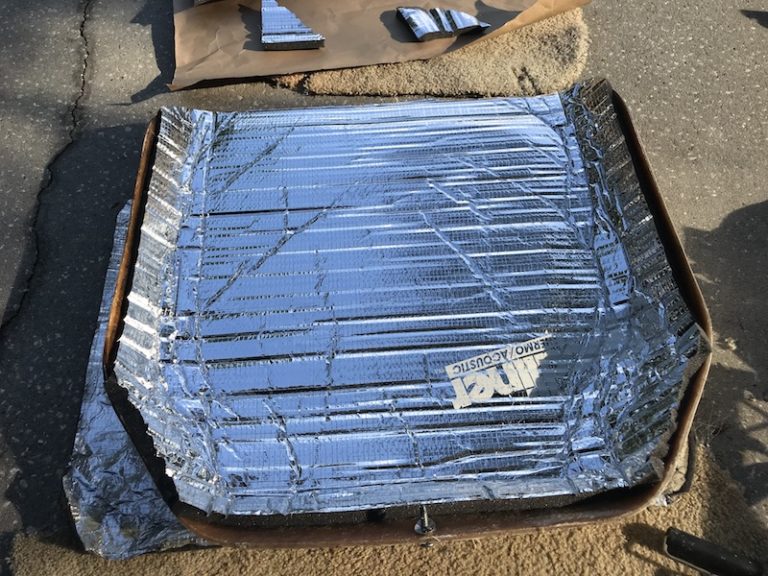RV Refrigerators – Residential or the “Amish” Cooling Units?
RV refrigerators can be a real pain sometimes.
If an RV comes with a residential-style fridge already, that’s much easier. They work just like the one at home. The RV will have an inverter that allows the fridge to be powered by the battery when you’re not plugged in.
For those of us who have rigs without residential refrigerators, we can end up dealing with… complexities.
Standard RV fridges of the non-residential variety are the kind that will work on either propane or electric. When plugged into shore power, it will run on electric and when not it will run on propane gas.
These kind of fridges are just more complicated. Sometimes they fail to light up on gas and just won’t work. Sometimes they spring a leak and can literally become a fire risk. Many times, even when they are working as designed, we find that they just don’t cool off very well. These kinds of fridges have the hardest time in really hot weather.
The Norcold refrigerators have been nicknamed the “No Cold”. ???? Heck, some of them have been known to literally catch RVs on fire. ????
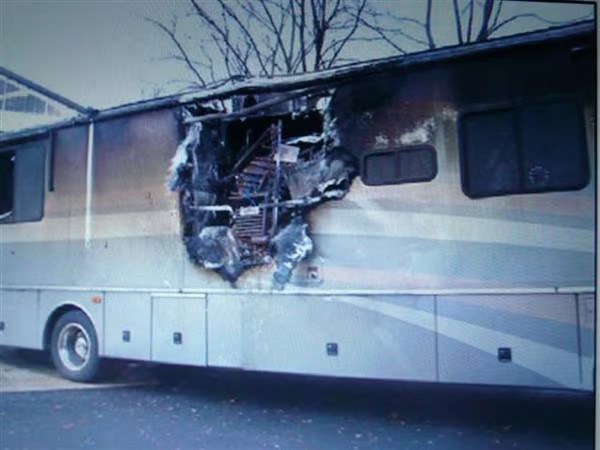
These fridges also sometimes just fail. They break. And when you go to try to get one repaired, it can be insanely expensive. And the brand new ones are much, much worse. I’ve seen estimates of $5K-$6K to put in new RV refrigerators. Absolutely ridiculous.
In many cases when an RV fridge fails, you end up looking at the possibility of replacing it with a residential fridge. This is a great option, but there are definitely things to consider:
You will need to research and find a residential fridge that will fit into the hole in your cabinetry. Most of the time, it won’t be an exact fit and some custom woodwork or other modifications would be needed to fill the gaps.
In many cases, a residential fridge would need to be brought inside via the windshield. Small ones may fit through your entry door, but in some cases the only hole big enough is the windshield. This requires temporary removal of the glass, of course.
You’d need an inverter to power it. If your rig doesn’t have one, you’d need to figure out somewhere to put one. You could go without one, but then you’d either need to be running the generator to power it or it’d just “coast” between campgrounds without being on.
If you’re willing and able to do what is needed to switch to residential, it will by far be your best performing refrigerator. No different than home, really.
But, there is a plan B. I’ve done it myself.
Your RV fridge is basically a big box with a cooling unit tacked onto the back. The cooling unit does all the work, and the box is just insulated.
You can definitely replace the cooling unit on the back of the box and keep the same box. This way nothing will visually change with how your RV interior looks.
If you do this, I personally wouldn’t recommend replacing the cooling unit with one from the original manufacturer. There are after-market ones that are better.
Check out JC Refrigeration. These are often called the “Amish” cooling units because the people who build them are indeed Amish.
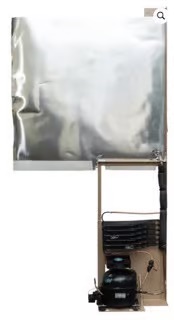
Not only are these things better built and work better than OEM, but they’ve been popular as replacements on Norcold units in order to alleviate the fire risk.
While JC does offer standard gas/electric cooling units as direct replacements for a variety of Norcold and Dometic refrigerator models, I think the more interesting option is their compressor units.
You can essentially turn your RV refrigerator into a residential refrigerator in that it will run on a compressor.
You can get a 120V AC compressor, so you will need an inverter and it is basically the same as residential. Or, you can get a 12V compressor that can operate directly off your battery.
Personally, I bought and installed the 12-volt compressor unit on my Norcold 1200 a few years ago. At the time, I actually recorded pretty much the entire process of doing this as a DIY:
We’ve been using this newly equipped “Norcold” refrigerator since then. The fridge looks exactly the same from the inside because it is indeed the same box. But, the “guts” of the fridge are now entirely different.
It cools better. Gets colder. Cools down faster. It works very well.
Being that it runs on the battery, if you’re running it while not plugged into shore power, it can (and will) run your battery down to nothing. They say it can run for about a day that way, but that depends a lot on how good your battery is.
I have nothing to do with JC Refrigeration. ???? No ties to them. But, I’ve found that many RV owners are not aware of this option. If their fridge dies, they’re left thinking expensive factory replacements are the only option. But, they’re not.

